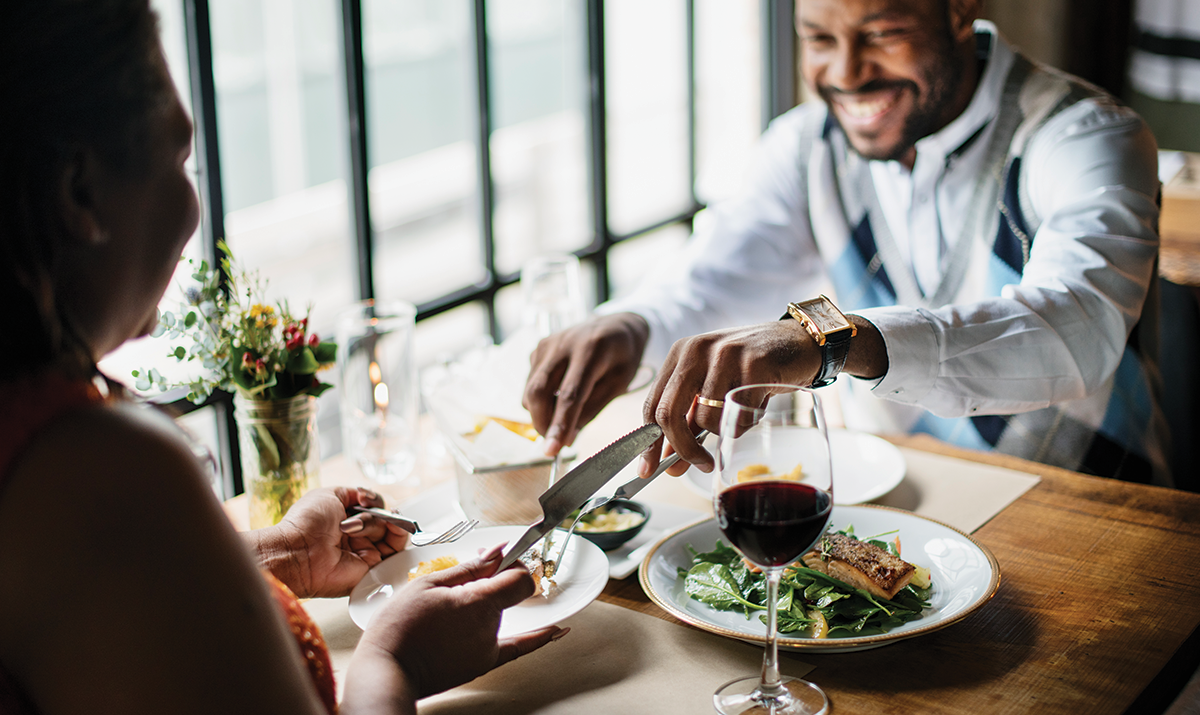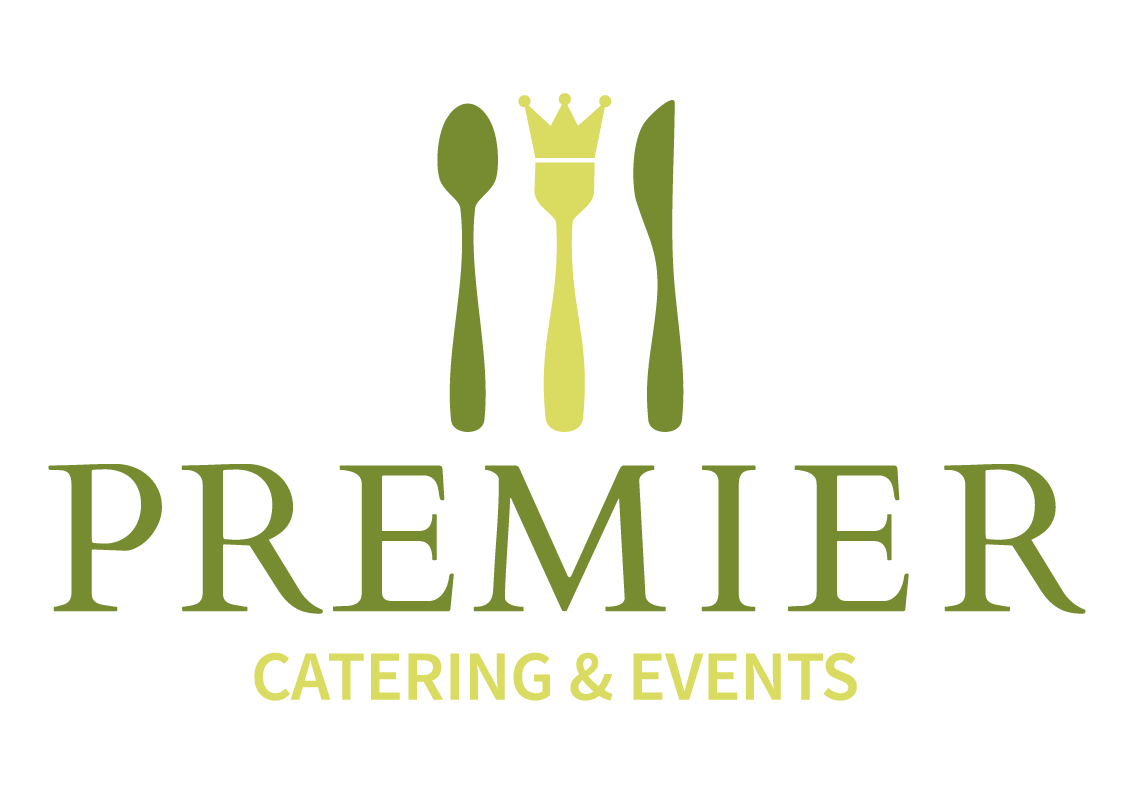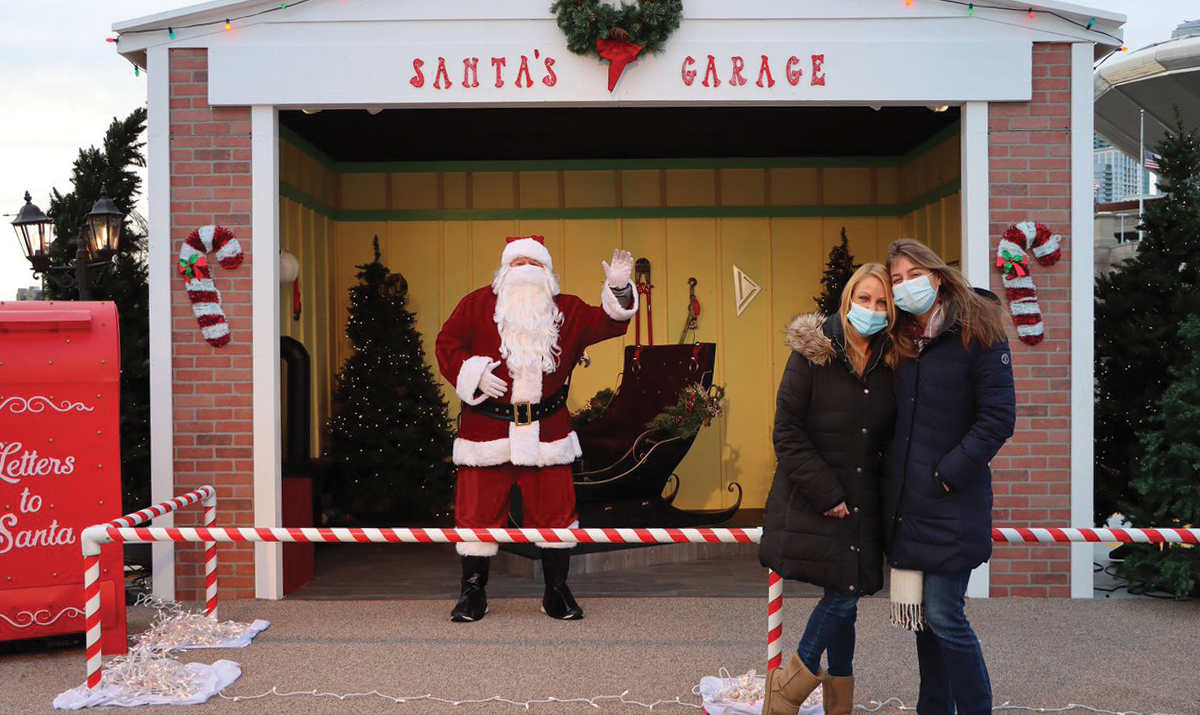
The more an individual interacts with others, and the longer that interaction, the higher the risk of COVID-19 spread. Masks may reduce the risk of COVID-19 spread when they are consistently used by customers and employees, especially when social distancing measures are difficult to maintain. The risk of COVID-19 spread increases in a restaurant or bar setting as interactions within 6 feet of others increase, as described below. Masks may reduce the risk of COVID-19 spread when worn in any of these risk scenarios.
Lowest Risk: Food service limited to drive-through, delivery, take-out, and curb-side pick up.
More Risk: Drive-through, delivery, take-out, and curb-side pick up emphasized. On-site dining limited to outdoor seating. Seating capacity reduced to allow tables to be spaced at least 6 feet apart.
Higher Risk: On-site dining with indoor seating capacity reduced to allow tables to be spaced at least 6 feet apart. And/or on-site dining with outdoor seating, but tables not spaced at least six feet apart.
Highest Risk: On-site dining with indoor seating. Seating capacity not reduced and tables not spaced at least 6 feet apart.
COVID-19 is mostly spread when people are physically near (within 6 feet) a person with COVID-19 or have direct contact with that person. When people with COVID-19 cough, sneeze, sing, talk, or breathe, they produce respiratory droplets. Infections occur mainly through exposure to respiratory droplets when a person is in close contact with someone who has COVID-19.
There is evidence that under certain conditions, people with COVID-19 seem to have infected others who were more than 6 feet away. This is called airborne transmission. These transmissions occurred within enclosed spaces that had inadequate ventilation. Available data indicate that it is much more common for the virus that causes COVID-19 to spread through close contact with a person who has COVID-19 than through airborne transmission.
Respiratory droplets can also land on surfaces and objects. It is possible that a person could get COVID-19 by touching a surface or object that has the virus on it and then touching their own mouth, nose, or eyes. Spread from touching surfaces is not thought to be a common way that COVID-19 spreads.
Fortunately, there are a number of actions operators of restaurants and bars can take to help lower the risk of COVID-19 exposure and spread. Personal prevention practices (such as handwashing, staying home when sick, and wearing masks) and workplace prevention practices, like environmental cleaning and disinfection, are important principles of preventing the spread of COVID-19.



